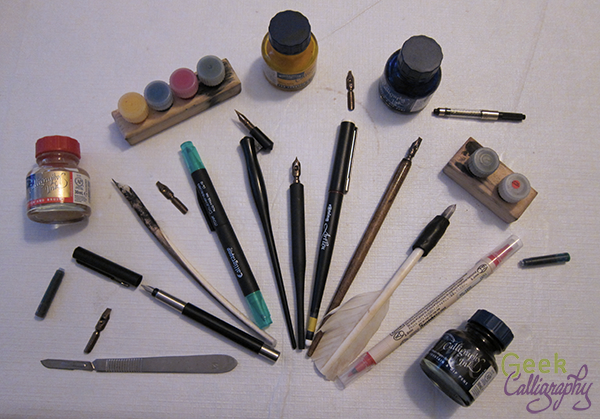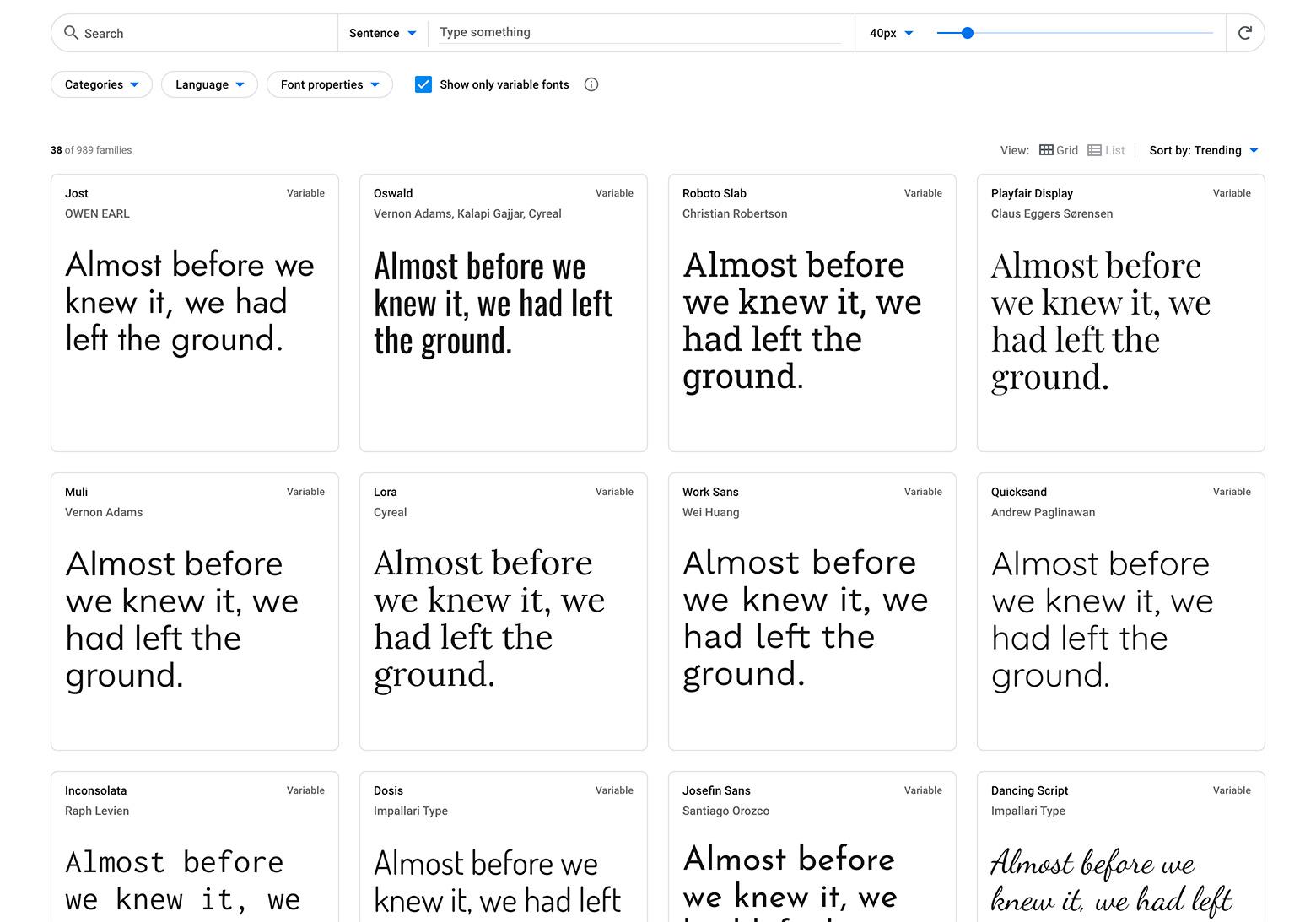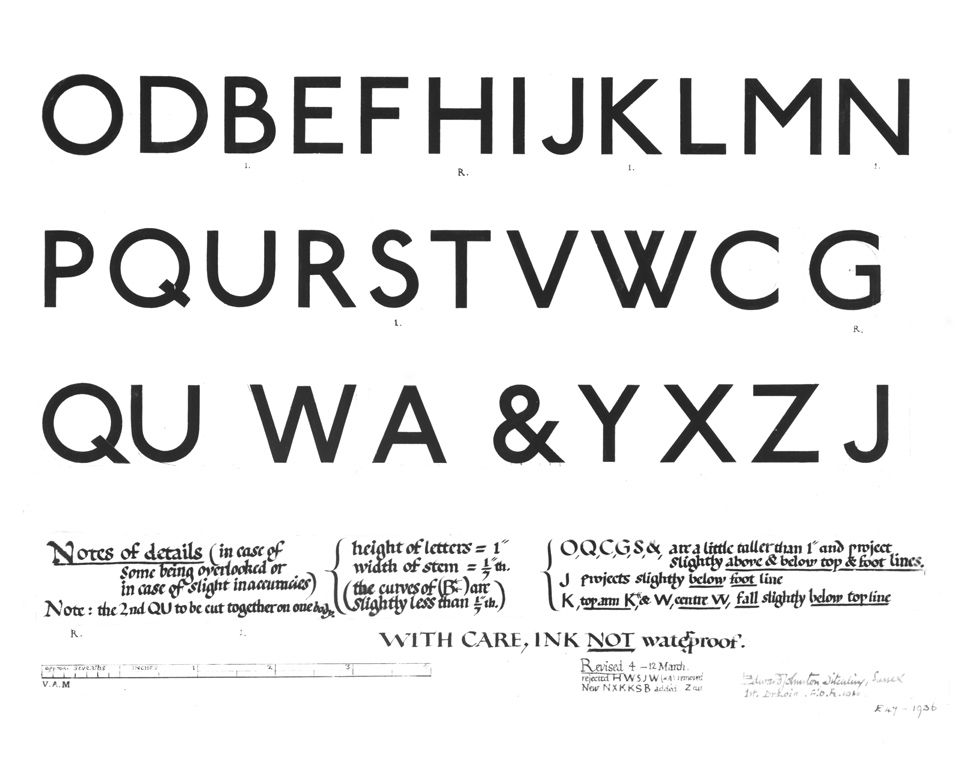Fair readers, our last week of Calligraphy Corner is upon us. I am certainly going to enjoy it while it lasts, and I hope you do too!
This week’s closing discussion on the multitude of interesting facets found in the core topic of calligraphy and decorative mark-making will focus on the possibilities for monetization of the craft. Fair warning: I have not completed the next set of tips in totality so take my advice as you will. Everything I will discuss is the product of several years of research as I approach following through with a small calligraphy business venture myself.
Tip #1: Understand the variety of clientele needs and niches
As we have already seen, calligraphy is an aesthetic-based artform that ideally prompts a reaction of the viewer. Different hands/styles, placement and positioning, sizing, and color can cause such a reaction to drastically change. The aspiring calligrapher must be aware of the desired reaction as stated by their clients and guide their artistic choices to fit this expectation.
Most people are familiar with the traditional calligraphy used for wedding and party invitations. Calligraphy can also be used for reception needs, like placeholders, centerpieces, and gifts for guests.

Fig. 1. John Stevens Design. Honorary Documents.
Beyond weddings and parties, professional calligraphers are also often tasked with completing professional documents and honorary certificates. Check out a few samples of calligrapher John Stevens, who designs such specialized documentation.
Tip #2: Set pricing upon employment
One of the main things emphasized throughout the calligraphy community is that if you are hired for a job, prices should be agreed upon by both parties at the beginning of the contracted period. This way, neither client nor calligrapher are hit with unexpected costs or bills. The pricing should also be accompanied by deadlines for both final day of full payment and day that all work should be submitted or given to the client. Consistency and reliability in business practices are key!

Fig. 2. Lauren Perry Studio. Envelopes.
Tip #3: Become a king or queen of customer service
Because calligraphy is often a freelance occupation, calligraphers do not typically have large corporations that have customer service departments dedicated to taking complaints and feedback from clients. This means that the calligrapher must become adept at handling all concerns from clients. If a client is upset with the quality of submitted work or a listed specification was not followed as they asked, they have a right to follow up with their calligrapher. The calligrapher should respond courteously and with the upmost professionalism, offering to fix any mistakes. This will do two things: keep the client happy, and uphold a stellar professional reputation.
Tip #4: Choose an appropriate platform to sell on
Anyone interested in starting a business should understand their strong suits and the type of clientele they wish to attract. Therefore, they should put heavy consideration into the type of platform they wish to attract customers on. I have seen calligraphers find success on Etsy, Facebook, Instagram, and their own hosted websites. The Gen-Z calligrapher who wants to sell to their peers may have more success on a combination of Instagram and Etsy, linking their seller’s page through their social media. Plenty of professional calligraphers, however, host their own websites with great success. It really depends on what one finds easiest to both list their products and services and engage the appropriate audience.

Fig. 3. Etsy. SimpleScribe.
Thank you for checking out the above tips and reading the final edition of Calligraphy Corner. I have garnered great enjoyment through publishing this blog week by week. It has made me even more excited about my passion for art and handwriting. I hope that any readers are able to do the same with their interests.
Have a wonderful rest of your spring and summer!






























![LOT:31 | Calligraphy & Private Press.- Hewitt (Graily) Truth, calligraphic manuscript, [c. 1920]; and a small quantity of letters and postcards from various Private Presses and artists (c. 35 pieces).](https://smhttp-ssl-53905.nexcesscdn.net/catalogue_images/auction//large/14085-104_1.jpg)




